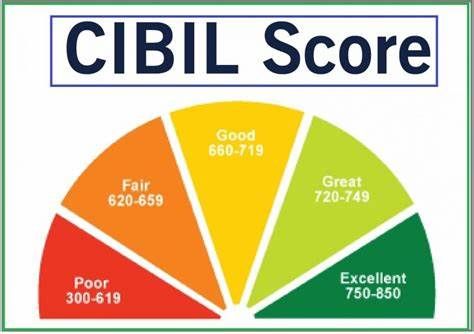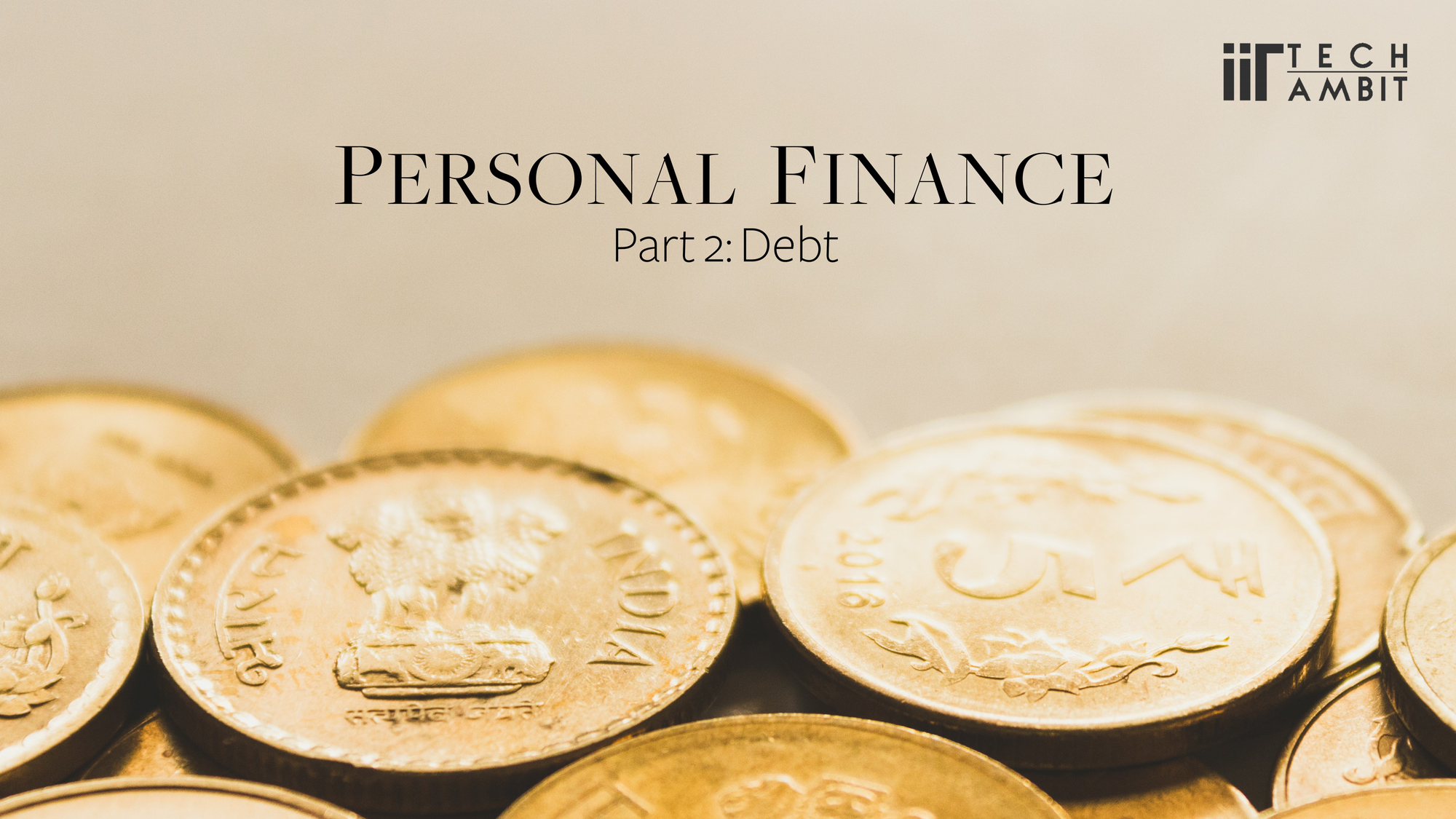Introduction to Debt
While interacting with your elders, you would have realized that there’s a scary financial ghost that can eat away all your savings. It possesses the power to financially destabilize you and even make you beg!. This ghost is debt. Yes, that’s how debt is traditionally referred to in families. Whenever you may have discussed taking a loan for your car or house or education, your elders would have indeed guided you to think carefully about how you will pay it back. They might have asked you to avoid it, to the extent possible. Isn’t that right?

Let’s look at the other side of the picture. Can you name one successful industrialist in the world who never took a loan? If the debt was such a ghost, as we have been ever told, then how did it help these business people become big tycoons? That’s confusing! Is it debt, a boon, or evil? You will be able to decide for yourself by the end of this article.
“The borrower is servant to the lender” - The Bible
The Toxic Relationship between Debt and Personal Capital
If you are given an option between LED bulbs with the same power but priced at Rs100 and Rs1000, which one are you most likely to choose? The cheaper one, of course, even though it serves you several times shorter. I have observed that people usually prioritize conserving cash outflows rather than focusing on their Capital. We tend to make choices that appear easy on our pockets. Similarly, it is not necessary that every cash outflow adversely affects your Capital, just like a cash outflow involving repayment of debt saves you interest cost. Let us see how debt impacts your Capital. Last blog, we mentioned the formula:
Personal Capital = True Assets - True Liabilities
Liabilities
Liabilities refer to anything that would cause a cash outflow. So whenever you take a loan, there will be the following impact on your Capital:
1. At the time of taking a loan, the increase in liability would reduce your Capital. This money makes you work harder as you have to pay interest on it.
2. As you pay off the loan, your liabilities start decreasing but so make your deposits. These deposits are paid off from your monthly savings, so it reduces your True Assets as well.
3. The interest paid on loan is again a reduction from your True Assets as it will be delivered from your savings; once the interest starts compounding- that is, you start paying interest on interest- Your capital starts decreasing rapidly.
Compounding results in exponential multiplication, and hence it has the power to pile up your debt that you may never be able to pay it off!
“For every liability you have, you are somebody else’s asset. If a home loan is a liability for you, it is an asset for your bank.
Learn to control your cash flow.” – Manoj Arora
Good Loan vs. Bad Loan
Everybody knows that debts or loans generally come with an inherent risk and additional costs to your monthly budget. However, when it comes to personal finances, it may not be possible to avoid liability altogether. But it is always possible to plan it cautiously. Just as we separate the whites from dark clothes to preserve the color while washing, similarly to deal with debt better, we begin by distinguishing between good and bad loans.

GOOD LOAN: Good loan is more like an investment made to improve your financial position. That means a loan will be considered as a ‘good’ if it increases your Capital in the long run by either growing in value or by helping you generate income. Some examples are: Education Loan, Home Loan, small business loan, etc.
BAD LOANS: They are the ones that are taken for assets that might not be able to generate future income or taken for those goods whose value depreciates fast. These loans are available at high-interest rates. Thus they tend to destroy your wealth. Some examples are : Credit Cards, Car loans, home appliances, EMIs, etc.
How can you decide whether a debt is a good loan or a bad loan?
Follow this checklist:
- Ask yourself if you need that loan
- Check the interest rate - it should not be very high
- Revisit the repayment terms - the installments should be affordable
- Review your ability to pay back the loan
- Try to make the down payment as high as possible to reduce the interest cost on the purchase.
Procuring loans to buy assets like a house or a computer for your work will help you make or save money in the future and enhance your capital in the long run. But if you are taking loans to buy a fancy car that you cannot afford just adds to your liability by demanding more cash outflows. Thus invest in buying true assets, not liabilities.
It is cool to have the latest iPhone, but it is even cooler to be debt-free!!
How Much Should I Borrow?
This question is similar to deciding how much you should eat. The answer is simple - as much as you can digest healthily, because, overeating will harm you. If you can comfortably afford a holiday in Goa, taking a loan can offer you an opportunity to spend the vacation in Bali instead. Remember, just because you are eligible for credit doesn’t mean that you can afford it.
Apart from managing individual debts, you also have to track outstanding debts and EMIs. This can be gauged by the 20-10 rule. The rule helps to live your life within your means. Under this rule, you should make sure that your debt repayment per year should not exceed 20% of your yearly post-tax net income, and the amount of your monthly installments does not exceed 10% of your monthly in-hand salary. If you don’t want to be a victim of a debt trap, you must be aware of your existing income sources and your current expenditure.
Debt Repayment: Do you require a strategy to pay off your debt? Well, this is just like asking, ‘Do you require a balm to cure your headache?’ Of course, you do. Otherwise you will have unwanted stress in life. Any debt repayment strategy starts with prioritizing your debt. Following are the two main strategies when it comes to paying off your debt:
1. The Avalanche Method: In this method, you pay the debt with the highest interest rate first. To begin with, categorize your debt in increasing order of interest. Then start paying off as much of the highest interest-charging debt while paying the minimum installments on the rest. Once that debt is paid off, proceed with the next costliest debt and so on.
2. The Snowball Method: This method is about getting rid of the smallest debt first. As soon as you see your loans getting cleared, you will feel motivated by your small wins. After the smallest one is paid off, then move to the next.
Credit Score
While giving out loans, banks face a risk of default by the borrower. So they require information about past borrowings and the borrower’s track record regarding regularity in repayment. This information is provided in the form of a credit score by credit information companies.

The four well known credit information companies in India - Experian, TransUnion CIBIL, Highmark and Equifax. To provide a rough idea CIBIL scores of 900 denotes maximum creditworthiness while a score below 750 makes it harder for you to get financed.
Factors Determining Your Credit Score:
1. Repayment History : It is given the highest weightage while determining your CIBIL score
2. Utilization of Credit Balance: If you use the maximum credit limit sanctioned, it will adversely affect your credit score, and you will be considered as a risky borrower
3. Duration of Credit or loan : The longer the period of exposure to credit and its timely repayment, the better it will be for your CIBIL score.
4. Credit Mix : This refers to your credit portfolio. Having only unsecured loans in your portfolio will reduce your credit score.
Maintaining your Credit Score:
1. Pay off the Loan Balances : Unpaid dues on loans may bring down your credit score. It’s advisable to eliminate them
2. Check and Correct your Credit Report regularly: You can easily check your credit score online. In this way you can track which default is bringing your credit score down.
3. Increase your Credit Limit: Get your max limit of your credit card increased and utilize only 30% of the credit offered
4. Manage your Credit Cards Carefully: This includes timely repayment by setting up payment reminders or auto-debits and consolidation of loans.
So yeah, debt can be a boon and an evil and now you know why.
You can read Part 1 of this instalment here.



